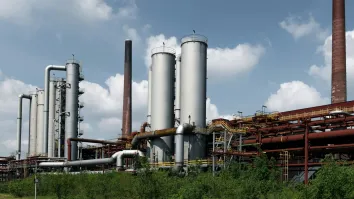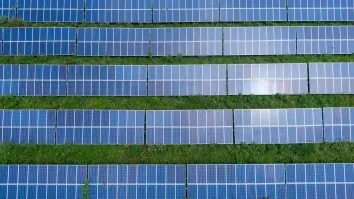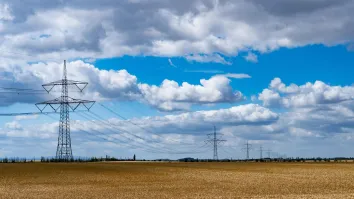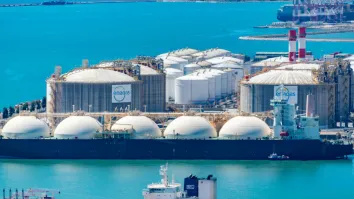India's private sector fuels green hydrogen drive
Increased private investment and policy support boost India's green hydrogen ambitions.
India's venture into the green hydrogen economy is receiving significant impetus from its private sector, encouraged by robust government policies and ambitious targets.
Charith Konda, Energy Specialist at Institute for Energy Economics and Financial Analysis, said that the Indian government has laid a solid foundation with the National Green Hydrogen Mission, which has been followed by several initiatives aimed at encouraging domestic manufacturing of electrolyzers and green hydrogen production.
"The policy certainty provided by the Indian government has significantly boosted private sector interest," Konda stated. This is evident in the recent auctions under the Strategic Interventions for Green Hydrogen Transition (SIGHT) program, where bids for electrolyzer capacity exceeded the auction target by over 100%, and green hydrogen production saw bids 23% higher than capacity on offer.
Major industrial firms in India, such as Reliance, Adani, and John Cockerill, have shown a robust interest in these auctions, driven by the substantial capacities involved and the potential for first-mover advantage, especially in export markets.
Konda noted, "These large players are not just looking to dominate the domestic market but are also eyeing significant roles in the global green hydrogen landscape."
However, the journey is not without its hurdles. Konda pointed out several challenges facing the nascent industry, including the evolving definition of green hydrogen, the lack of a clear mandate, and the high costs associated with green hydrogen production compared to conventional sources.
"Defining green hydrogen in a manner that is both comprehensive and clear is crucial for the industry's forward movement," Konda emphasised. Moreover, the absence of a green hydrogen mandate and the high price point compared to grey hydrogen pose significant barriers to market adoption within India.
Additionally, while India's annual hydrogen demand stands at 5 million metric tons, the country currently lacks the necessary infrastructure for large-scale hydrogen production, storage, and transport. This gap presents a considerable challenge for the burgeoning industry.
Furthermore, Indian hydrogen producers face stiff competition from international markets, notably the United States and the European Union, where green hydrogen initiatives are heavily subsidised.



















 Advertise
Advertise






